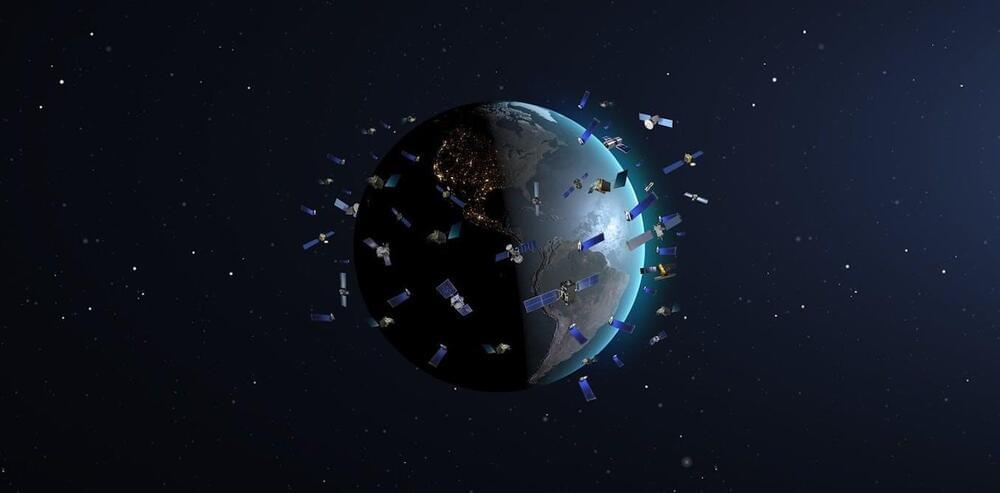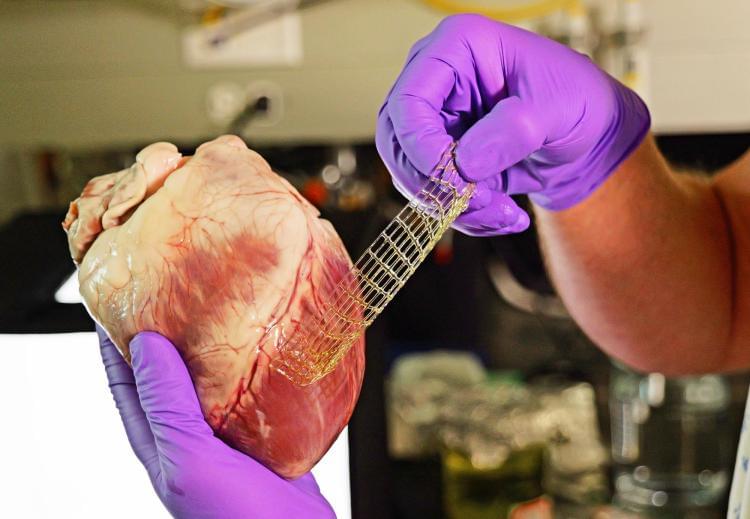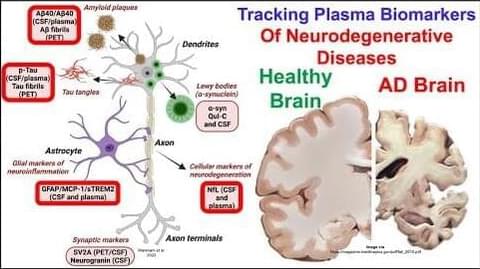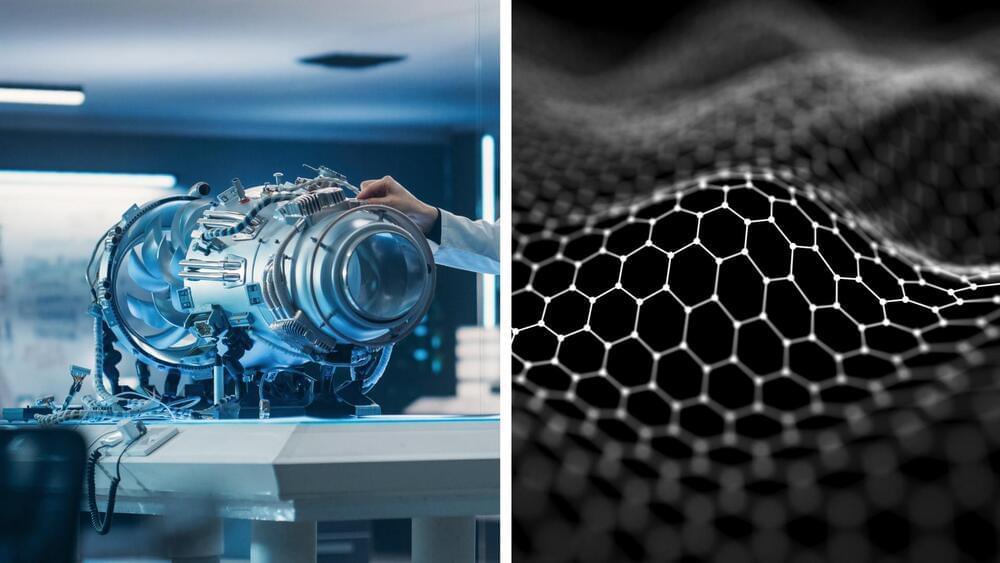I argue for a pattern theory of self as a useful way to organize an interdisciplinary approach to discussions of what constitutes a self. According to the pattern theory, a self is constituted by a number of characteristic features or aspects that may include minimal embodied, minimal experiential, affective, intersubjective, psychological/cognitive, narrative, extended, and situated aspects. A pattern theory of self helps to clarify various interpretations of self as compatible or commensurable instead of thinking them in opposition, and it helps to show how various aspects of self may be related across certain dimensions. I also suggest that a pattern theory of self can help to adjudicate (or at least map the differences) between the idea that the self correlates to self-referential processing in the cortical midline structures of the brain and other narrower or wider conceptions of self.
Keywords: self, pattern theory, cortical midline structures, first-person perspective.

















